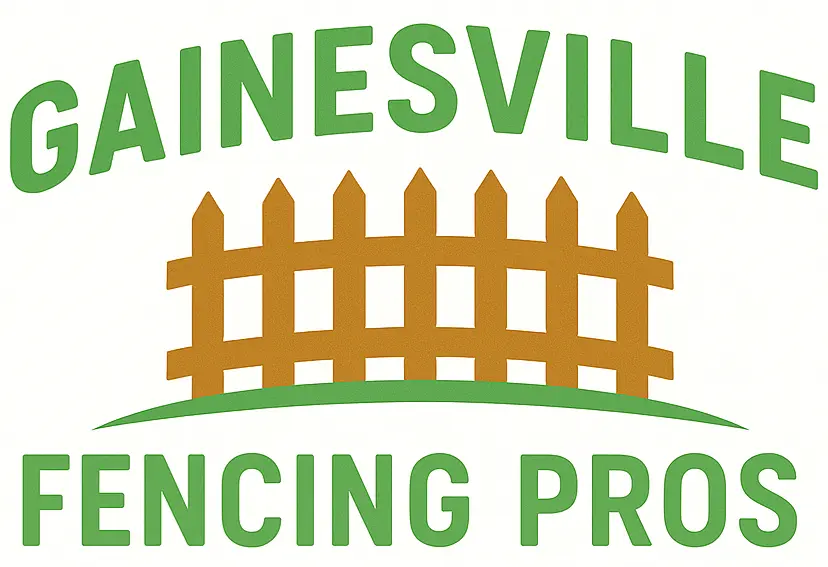Backyard fence installation is more than just adding a barrier around your property—it’s a process that improves privacy, increases security, and raises curb appeal. For Florida homeowners, installing a fence also means planning for unique climate conditions, such as heavy rain and strong winds, that can affect both materials and design.
Many residents choose our certified backyard fence professionals in Florida to mark property lines, protect pets, or upgrade their landscaping, but success depends on more than personal choice. The right planning, proper tools, and knowledge of local codes and zoning rules are all key steps in the checklist.
Whether you hire a professional crew or take on the project as a DIY homeowner, your approach should match both the type of fence—wood, vinyl, chain-link, or metal—and the environmental factors that come with Florida weather.
What Tools You Will Need for Backyard Fence Installation Florida
Before starting backyard fence installation, gather the following tools:
- Post hole digger or auger – For digging consistent, deep holes for fence posts.
- Measuring tape – Ensures accurate spacing and fence alignment.
- String line and stakes – Helps maintain a straight fence line.
- Level – Keeps posts and panels vertically aligned.
- Hammer or nail gun – For attaching fence boards or panels securely.
- Concrete mix – Stabilizes posts in the ground.
- Saw (hand or power) – Cuts fence boards or panels to fit.
- Protective gear – Includes gloves, safety goggles, and work boots.
What to Prepare Before professional fence installation services
Prepare these items before starting backyard fence installation:
- Check local zoning laws
- Obtain permits if required
- Follow setback rules and height limits
- Obtain permits if required
- Call utility companies
- Mark underground gas, water, and electric lines
- Mark underground gas, water, and electric lines
- Measure and mark your layout
- Outline the fence perimeter with string and stakes
- Mark post locations evenly
- Outline the fence perimeter with string and stakes
- Choose fencing material
- Wood, vinyl, metal, or chain-link
- Purchase panels, posts, and fasteners
- Wood, vinyl, metal, or chain-link
- Gather tools and safety gear
- Confirm all items are available and functional
- Confirm all items are available and functional
How Backyard Fence Installation Is Done
Backyard fence installation begins with site preparation and layout. Once the perimeter is marked and post positions identified, holes are dug to set each post. Concrete is poured into each hole to anchor the posts firmly in place.
After the posts are set and level, horizontal rails or panels are installed between them. Boards or panels are attached securely, followed by any gate installation. Finally, a quality inspection ensures the fence is stable and meets local codes.
Safety and Access Tips for Fence Installation Contractors
To stay safe during backyard fence installation, follow these tips:
- Wear protective equipment – Gloves, eye protection, and boots reduce injury risk
- Keep the area clear – Remove debris and trim vegetation before starting
- Use caution with tools – Especially saws, augers, and nail guns
- Mark hazards – Flag buried utilities and low-hanging wires
- Secure pets and children – Prevent access to the work zone during installation
Post-Service Maintenance for Backyard Fence setup
Maintaining your fence after backyard fence installation helps extend its life. For wood fences, apply a weatherproof sealant every 1–2 years. Check for loose boards, rusted nails, or leaning posts regularly and repair as needed.
Vinyl and metal fences require occasional cleaning and visual inspections for cracks or rust. Ensure gates swing freely and latches function properly. Consistent upkeep preserves the fence’s appearance and structural integrity.
Regional Tips for Backyard Fence Installation in Florida
In Florida, backyard fence installation often requires consideration of high humidity and seasonal storms. Opt for pressure-treated or rot-resistant wood, or use vinyl for longer durability in humid climates.
Check local HOA rules and Florida city permitting guidelines before installing. Dig post holes deep enough to prevent shifting during heavy rains. Installing fences in cooler months can also reduce weather-related delays.
Conclusion: Why a Backyard Fence Installation Checklist Helps
Using a checklist for backyard fence installation ensures that no critical steps or tools are overlooked. It streamlines planning, budgeting, and execution, reducing costly mistakes or delays.
Whether you’re hiring professionals or going the DIY route, a well-organized checklist boosts efficiency and leads to a more durable, attractive fence.
FAQ: Common Questions About Backyard Fence Installation
Typically, posts should be buried at least one-third their height, or about 2 feet deep, for stability.
In many locations, yes. Always check your local city or county requirements before starting.
Vinyl and metal fences typically last longer than wood, especially in humid or wet climates.
Yes, if you have the right tools and follow a clear process. It helps to have at least one other person for lifting and alignment.
Costs vary by material and location, but expect to pay between $15–$40 per linear foot installed.
